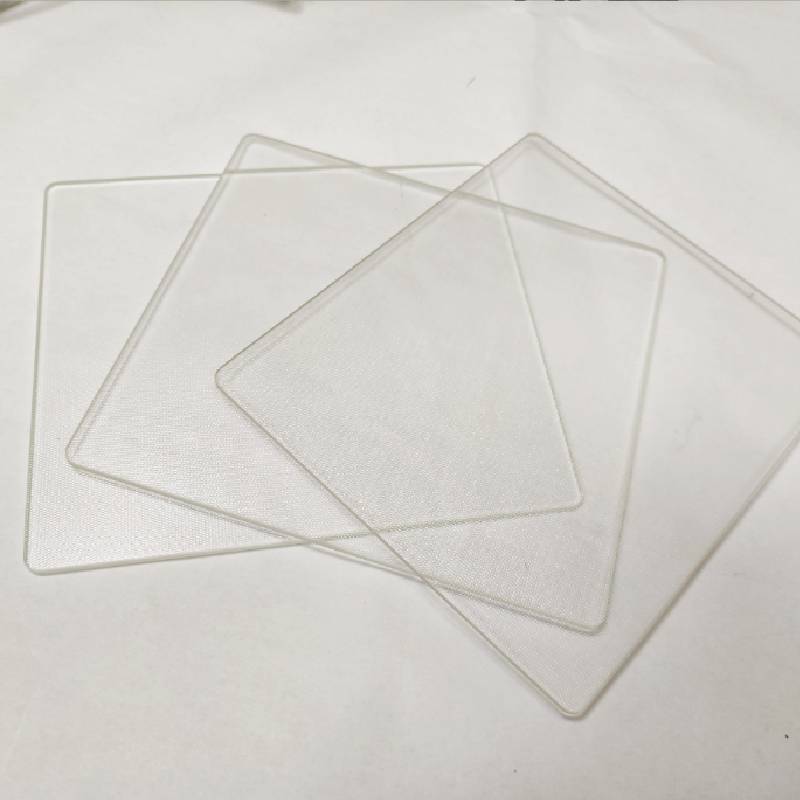Understanding Reflective Glass Prices Factors Influencing Costs and Market Trends
Reflective glass, a type of architectural glass characterized by its ability to reflect light, is increasingly popular in modern construction and design. This glass serves various purposes, from improving energy efficiency to enhancing aesthetic appeal in buildings. However, understanding the price dynamics of reflective glass is crucial for architects, builders, and consumers alike. In this article, we will explore the factors that influence reflective glass prices and analyze current market trends.
What is Reflective Glass?
Reflective glass, commonly used in facades of high-rise buildings, is produced by applying a thin metallic coating to the surface of clear or tinted glass. This coating allows light to be reflected away from the building, thus reducing heat absorption and glare, making it an excellent choice for energy-efficient designs. Additionally, reflective glass contributes to the aesthetic aspects of a building, offering a sleek, modern look that can enhance the overall architecture.
Factors Influencing Reflective Glass Prices
1. Material Quality and Type The composition of reflective glass significantly impacts its price. High-quality materials, resistant to weather conditions and UV rays, tend to be more expensive. Various types of reflective glass, such as low-E (low emissivity) glass, may come with a premium due to their enhanced energy efficiency properties.
2. Thickness and Size The thickness of glass panels affects their strength and thermal insulation properties, playing a crucial role in pricing. Thicker glass incurs higher manufacturing costs and is generally priced higher. Similarly, larger glass panels may attract premium pricing due to their handling and transportation requirements.
3. Manufacturing Processes The technology and methodologies used in the production of reflective glass also influence its cost. Advanced manufacturing techniques, such as sputter coating, create a more durable and efficient reflective surface but increase costs compared to traditional methods.
4. Customization and Coatings Many projects require customized reflective glass according to specific design or functional needs. Custom production leads to increased costs. Additionally, specialized coatings (like those offering additional thermal insulation or specific aesthetic qualities) can add to the price.
reflective glass price
5. Market Demand and Trends Trends in construction and architecture can dramatically affect the price of reflective glass. For instance, increased demand for energy-efficient building materials has led to a rise in prices, as manufacturers strive to meet this growing market need. Conversely, a decline in construction activity can lower prices due to decreased demand.
6. Geographic Location Prices can vary significantly based on geographic factors. Costs associated with import tariffs, local manufacturing capabilities, and logistical expenses can lead to regional price differences. Areas with high construction activity may also see a spike in prices due to increased competition for materials.
7. Economic Factors Broad economic conditions, including inflation rates, currency fluctuations, and general market health, can affect materials pricing. Economic downturns may lead to reduced construction activity and lower demand for reflective glass, subsequently reducing its price.
Current Market Trends
As of 2023, the reflective glass market is experiencing various trends that impact pricing. The push for sustainability and energy-efficient building practices continues to be a significant driving force. Consequently, reflective glass that meets energy efficiency standards is in high demand, which can push prices higher as manufacturers strive to meet regulatory criteria and consumer preferences.
Moreover, the integration of smart technologies in reflective glass, such as electrochromic glass that can change its tint in response to sunlight, is emerging. Though potentially more expensive due to advanced technology, these products enhance energy efficiency and comfort, making them appealing to consumers willing to invest in high-quality materials.
In addition, the ongoing effects of the COVID-19 pandemic have disrupted supply chains, leading to fluctuations in material availability and prices. Manufacturers are adjusting to these challenges, impacting the overall cost of reflective glass.
Conclusion
The price of reflective glass is shaped by a multitude of factors, including material quality, manufacturing processes, market demand, and economic trends. As the construction industry continues to evolve, staying informed about these factors can help stakeholders make smarter choices when selecting materials for their projects. Whether for energy efficiency, aesthetics, or sustainability, understanding the dynamics of reflective glass pricing is essential in today’s architectural landscape.
 Afrikaans
Afrikaans  Albanian
Albanian  Amharic
Amharic  Arabic
Arabic  Armenian
Armenian  Azerbaijani
Azerbaijani  Basque
Basque  Belarusian
Belarusian  Bengali
Bengali  Bosnian
Bosnian  Bulgarian
Bulgarian  Catalan
Catalan  Cebuano
Cebuano  Corsican
Corsican  Croatian
Croatian  Czech
Czech  Danish
Danish  Dutch
Dutch  English
English  Esperanto
Esperanto  Estonian
Estonian  Finnish
Finnish  French
French  Frisian
Frisian  Galician
Galician  Georgian
Georgian  German
German  Greek
Greek  Gujarati
Gujarati  Haitian Creole
Haitian Creole  hausa
hausa  hawaiian
hawaiian  Hebrew
Hebrew  Hindi
Hindi  Miao
Miao  Hungarian
Hungarian  Icelandic
Icelandic  igbo
igbo  Indonesian
Indonesian  irish
irish  Italian
Italian  Japanese
Japanese  Javanese
Javanese  Kannada
Kannada  kazakh
kazakh  Khmer
Khmer  Rwandese
Rwandese  Korean
Korean  Kurdish
Kurdish  Kyrgyz
Kyrgyz  Lao
Lao  Latin
Latin  Latvian
Latvian  Lithuanian
Lithuanian  Luxembourgish
Luxembourgish  Macedonian
Macedonian  Malgashi
Malgashi  Malay
Malay  Malayalam
Malayalam  Maltese
Maltese  Maori
Maori  Marathi
Marathi  Mongolian
Mongolian  Myanmar
Myanmar  Nepali
Nepali  Norwegian
Norwegian  Norwegian
Norwegian  Occitan
Occitan  Pashto
Pashto  Persian
Persian  Polish
Polish  Portuguese
Portuguese  Punjabi
Punjabi  Romanian
Romanian  Russian
Russian  Samoan
Samoan  Scottish Gaelic
Scottish Gaelic  Serbian
Serbian  Sesotho
Sesotho  Shona
Shona  Sindhi
Sindhi  Sinhala
Sinhala  Slovak
Slovak  Slovenian
Slovenian  Somali
Somali  Spanish
Spanish  Sundanese
Sundanese  Swahili
Swahili  Swedish
Swedish  Tagalog
Tagalog  Tajik
Tajik  Tamil
Tamil  Tatar
Tatar  Telugu
Telugu  Thai
Thai  Turkish
Turkish  Turkmen
Turkmen  Ukrainian
Ukrainian  Urdu
Urdu  Uighur
Uighur  Uzbek
Uzbek  Vietnamese
Vietnamese  Welsh
Welsh  Bantu
Bantu  Yiddish
Yiddish  Yoruba
Yoruba  Zulu
Zulu 

